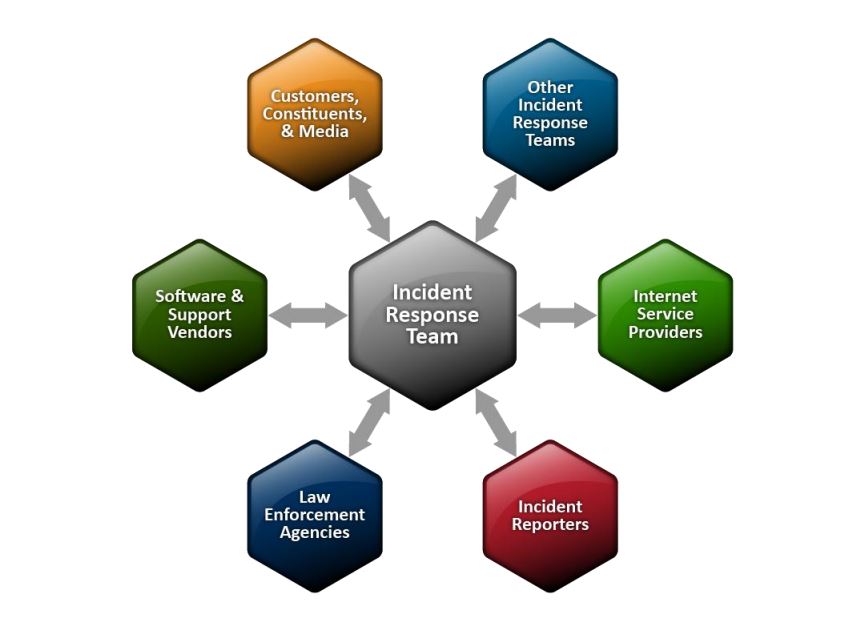In today’s digital age, cyber threats loom large over businesses of all sizes. From data breaches to ransomware attacks, the risk of a cyber incident is ever-present.
As organizations strive to bolster their cybersecurity posture, many turn to cyber insurance as a crucial component of their risk management strategy.
In this article, we delve into the intricacies of cyber insurance coverage, with a focus on the innovative solutions offered by Silverfort.
Understanding Cyber Insurance:
Cyber insurance, also known as cyber liability insurance or cyber risk insurance, is a type of insurance coverage designed to mitigate the financial impact of cyber incidents.
It typically covers expenses related to data breaches, network security failures, and other cyber-related risks. Cyber insurance policies vary widely in terms of coverage, limits, and exclusions, making it essential for businesses to carefully assess their needs and options.
Read also: Convivialidade || Exploring the Heartbeat of Social Connection
The Importance of Cyber Insurance:
In today’s interconnected business landscape, no organization is immune to cyber threats. Even with robust cybersecurity measures in place, there’s always a risk of a breach or attack slipping through the cracks.
Cyber insurance provides a safety net, helping businesses recover from the financial fallout of a cyber incident. It can cover costs such as forensic investigations, legal fees, regulatory fines, and even extortion payments.
Challenges in Cyber Insurance:
While cyber insurance offers invaluable protection, navigating the complexities of policy terms and coverage can be challenging. Many businesses struggle to determine the right level of coverage for their needs and often face gaps in coverage or unexpected exclusions.
Moreover, the evolving nature of cyber threats means that insurers continually reassess their risk profiles, leading to changes in policy terms and premiums.
Introducing Silverfort:

Amidst the landscape of cyber insurance providers, Silverfort stands out for its innovative approach to cybersecurity. Silverfort offers a unique solution that seamlessly integrates with existing security infrastructure, providing continuous authentication and access control across all assets, including those that were previously considered unprotectable.
By leveraging cutting-edge technology such as adaptive multi-factor authentication and risk-based authentication, Silverfort helps businesses mitigate the risk of unauthorized access and credential-based attacks.
Enhancing Cyber Insurance Coverage with Silverfort:
One of the key advantages of incorporating Silverfort into your cybersecurity arsenal is its ability to enhance cyber insurance coverage.
By bolstering authentication and access control mechanisms, Silverfort helps organizations mitigate the risk of unauthorized access and insider threats, reducing the likelihood of a successful cyber attack. This proactive approach to cybersecurity can result in lower premiums and more favorable terms from insurers.
Case Studies: Real-World Impact
To illustrate the tangible benefits of integrating Silverfort into your cybersecurity strategy, let’s explore some real-world case studies:
Financial Institution:
A leading financial institution implemented Silverfort’s solution to strengthen access control and prevent unauthorized access to sensitive customer data.
As a result, the institution saw a significant reduction in the frequency and severity of cyber incidents, leading to lower insurance premiums and enhanced coverage terms.
Healthcare Provider:
A large healthcare provider faced mounting cybersecurity challenges, including insider threats and credential-based attacks.
By deploying Silverfort’s adaptive authentication platform, the provider was able to enforce granular access policies and detect anomalous behavior in real-time.
This proactive approach not only improved security posture but also resulted in cost savings on cyber insurance premiums.
Assessing Cyber Insurance Needs:

Before purchasing cyber insurance coverage, it’s essential for businesses to conduct a thorough assessment of their cybersecurity risks and coverage requirements.
This process involves evaluating potential threats, identifying valuable assets, and estimating potential financial losses in the event of a cyber incident.
By understanding their unique risk profile, organizations can select cyber insurance policies that align with their needs and budget constraints.
Evaluating Policy Terms and Exclusions:
When selecting a cyber insurance policy, it’s crucial for businesses to carefully review the terms and conditions, as well as any exclusions that may apply.
Common exclusions in cyber insurance policies include acts of war, intentional acts, and failure to maintain adequate security controls.
Understanding these exclusions is essential to avoid surprises and ensure that businesses have adequate coverage for potential cyber risks.
Read More: Bertėjas – Elevate your global interactions now!
Implementing Cybersecurity Best Practices:
While cyber insurance provides financial protection in the event of a cyber incident, it should not be viewed as a substitute for robust cybersecurity measures.
Businesses should prioritize implementing cybersecurity best practices, such as regular security assessments, employee training, and the adoption of advanced security technologies.
By proactively addressing security vulnerabilities, organizations can reduce the likelihood of a cyber incident and minimize potential losses.
Integrating Cyber Insurance with Incident Response Plans:

Effective incident response is critical in minimizing the impact of a cyber incident and facilitating timely recovery. Businesses should integrate their cyber insurance coverage with comprehensive incident response plans that outline roles, responsibilities, and procedures for responding to cybersecurity incidents.
By coordinating with insurers and other stakeholders, organizations can expedite the claims process and ensure a swift return to normal operations following a cyber incident.
Continuous Review and Adaptation:
Cyber threats are constantly evolving, and so too should an organization’s cyber insurance coverage and cybersecurity strategy. Businesses should regularly review their cyber insurance policies to ensure that coverage remains adequate in light of changing risks and business operations.
Additionally, organizations should stay informed about emerging cyber threats and adjust their cybersecurity measures accordingly.
By adopting a proactive and adaptive approach to cybersecurity and cyber insurance, businesses can effectively mitigate risks and safeguard their assets against evolving threats.
Maximizing the Value of Cyber Insurance Investments:
Once a business has invested in cyber insurance coverage, it’s essential to maximize the value of that investment.
This involves leveraging the resources provided by insurers, such as risk assessments, cybersecurity training, and incident response support, to enhance the organization’s overall cybersecurity posture.
By actively engaging with insurers and taking advantage of available resources, businesses can optimize their cyber insurance coverage and better protect against cyber threats.
Conclusion:
In an era where cyber threats are rampant and cybersecurity breaches can have devastating consequences, cyber insurance is a critical tool for businesses seeking to protect their assets and mitigate financial risk.
By leveraging innovative solutions like Silverfort, organizations can not only enhance their security posture but also optimize their cyber insurance coverage, ensuring comprehensive protection against evolving threats.
With cyber insurance and Silverfort by your side, you can navigate the complexities of the digital landscape with confidence and peace of mind.
Read Also:
. Understanding Surety Bonds vs Bail Bonds
.How Plumbers Can Help With Home Renovation Projects










